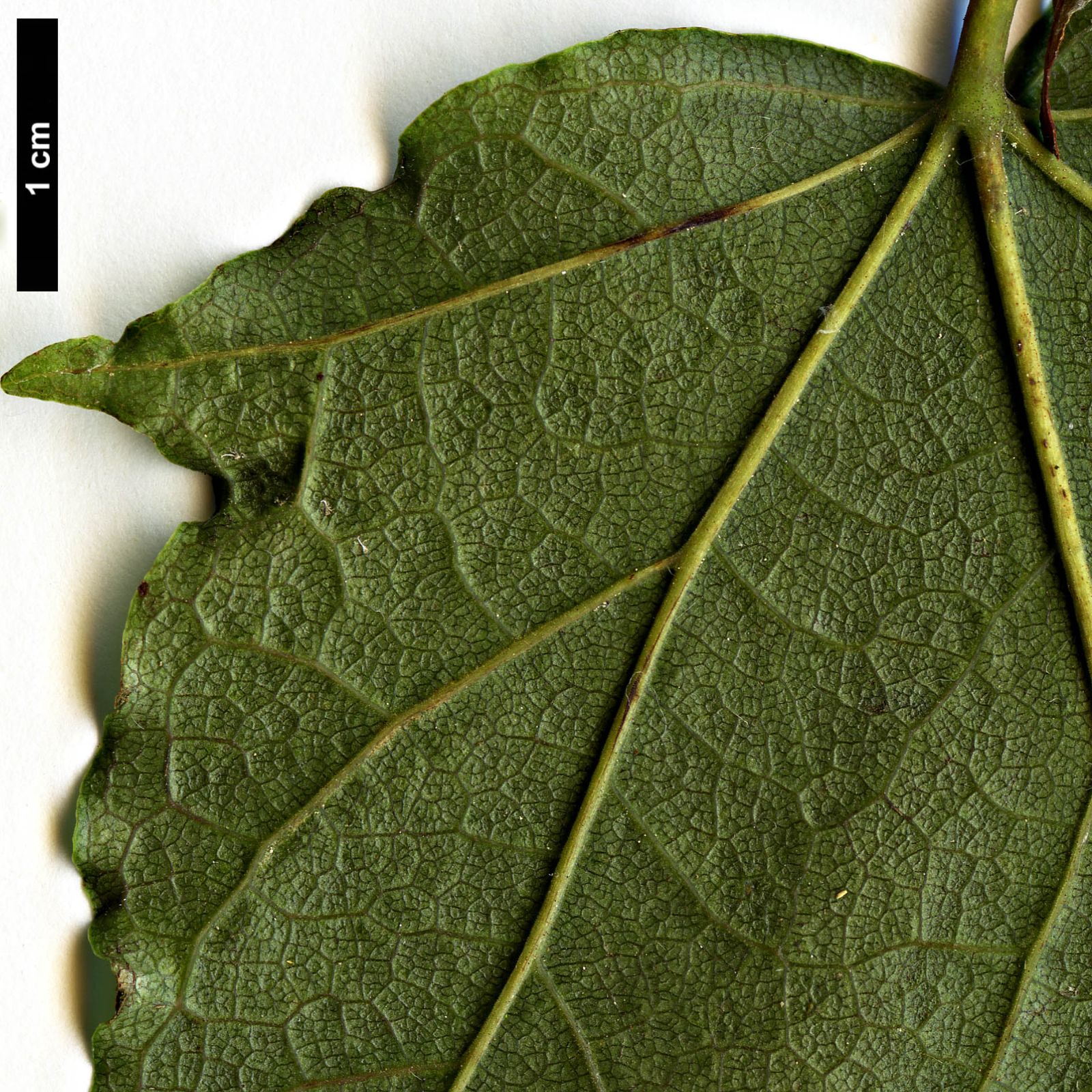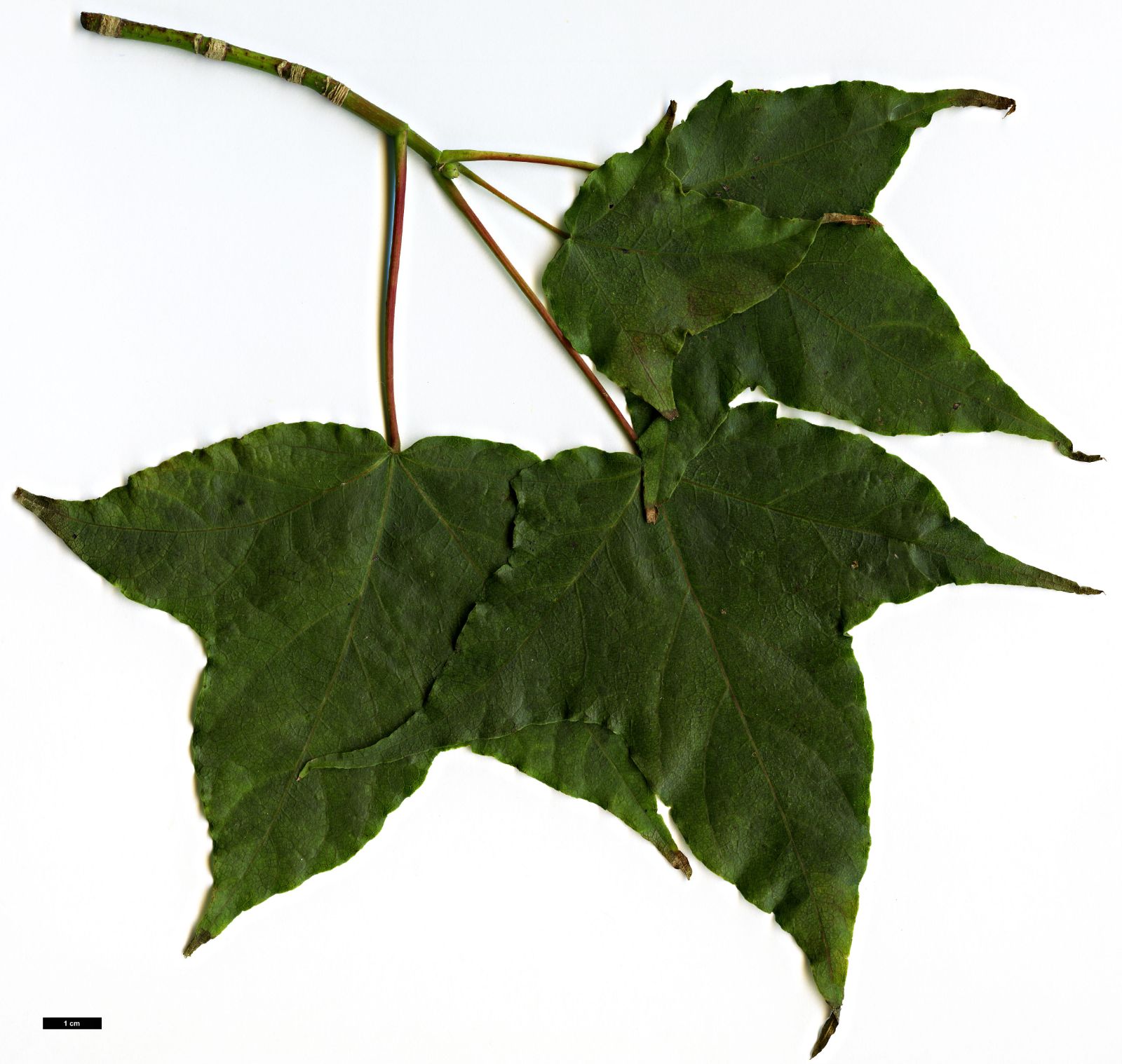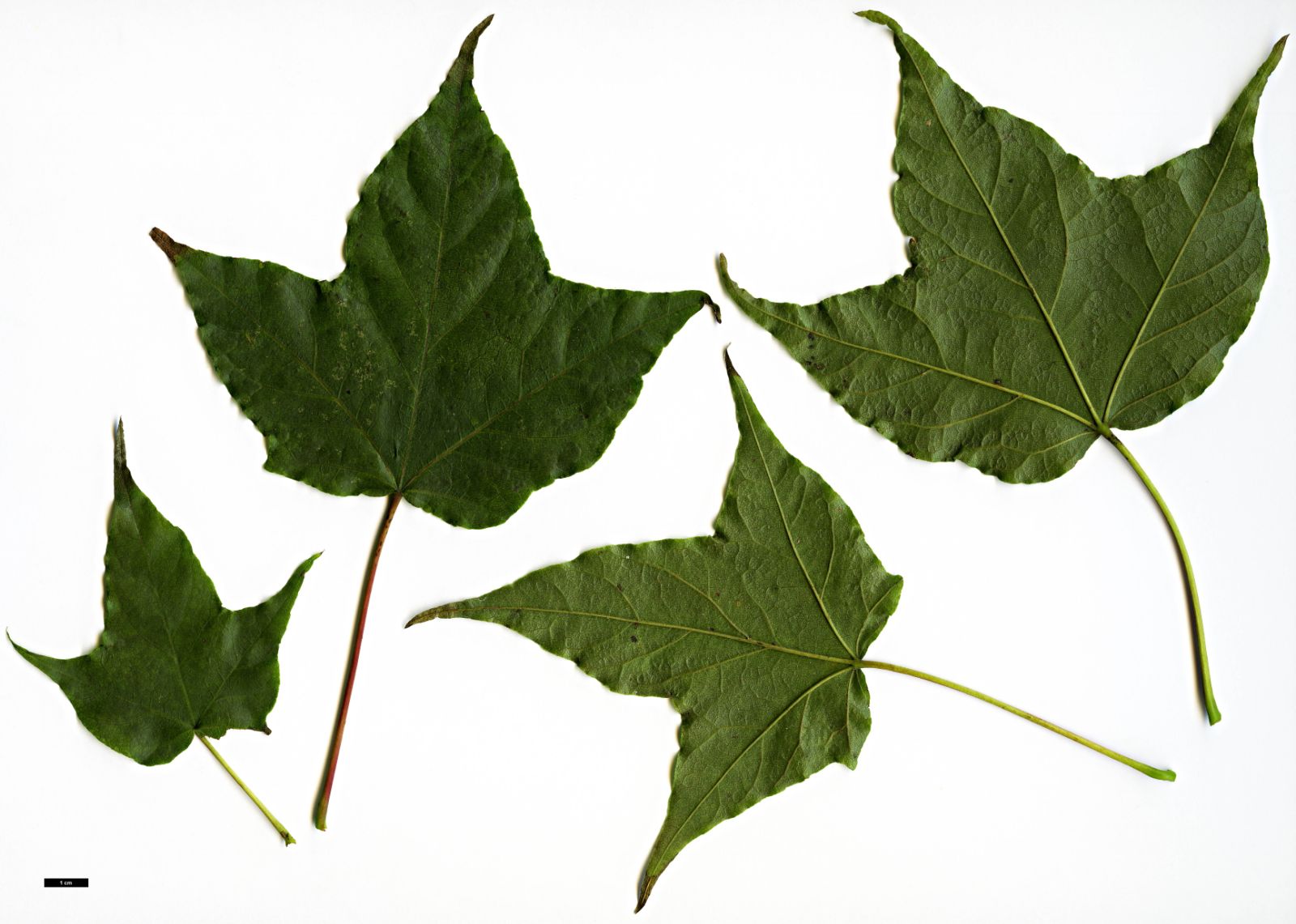Acer chapaense
Sponsor
Kindly sponsored by
a member of the International Dendrology Society
Credits
John Grimshaw, Ross Bayton and Dan Crowley (2020)
Recommended citation
Grimshaw, J., Bayton, R. and Crowley, D. (2020), 'Acer chapaense' from the website Trees and Shrubs Online (treesandshrubsonline.
Genus
- Acer
- Sect. Platanoidea
Other taxa in genus
- Acer acuminatum
- Acer amplum
- Acer argutum
- Acer barbinerve
- Acer buergerianum
- Acer caesium
- Acer calcaratum
- Acer campbellii
- Acer campestre
- Acer 'Candy Stripe'
- Acer capillipes
- Acer cappadocicum
- Acer carpinifolium
- Acer 'Cascade'
- Acer caudatum
- Acer ceriferum
- Acer chienii
- Acer circinatum
- Acer cissifolium
- Acer × conspicuum
- Acer cordatum
- Acer coriaceifolium
- Acer × coriaceum
- Acer crataegifolium
- Acer davidii
- Acer diabolicum
- Acer distylum
- Acer divergens
- Acer duplicatoserratum
- Acer elegantulum
- Acer erianthum
- Acer 'Esk Flamingo'
- Acer fargesii
- Acer fenzelianum
- Acer flabellatum
- Acer forrestii
- Acer franchetii
- Acer × freemanii
- Acer fulvescens
- Acer 'Gimborn'
- Acer ginnala
- Acer glabrum
- Acer 'Gold Coin'
- Acer granatense
- Acer grandidentatum
- Acer griseum
- Acer heldreichii
- Acer henryi
- Acer × hillieri
- Acer hookeri
- Acer hyrcanum
- Acer japonicum
- Acer kawakamii
- Acer komarovii
- Acer laevigatum
- Acer laurinum
- Acer laxiflorum
- Acer lobelii
- Acer longipes
- Acer macrophyllum
- Acer mandshuricum
- Acer maximowiczianum
- Acer maximowiczii
- Acer metcalfii
- Acer miaotaiense
- Acer micranthum
- Acer 'Mindavi'
- Acer 'Minorient'
- Acer miyabei
- Acer miyabei × campestre
- Acer monspessulanum
- Acer morifolium
- Acer 'Mozart'
- Acer oblongum
- Acer obtusifolium
- Acer okamotoanum
- Acer oliverianum
- Acer opalus
- Acer orientale
- Acer palmatum
- Acer papilio
- Acer pauciflorum
- Acer pectinatum
- Acer pensylvanicum
- Acer pentaphyllum
- Acer pentapotamicum
- Acer pictum
- Acer pilosum
- Acer pinnatinervium
- Acer platanoides
- Acer platanoides × amplum
- Acer platanoides × truncatum
- Acer × pseudoheldreichii
- Acer pseudoplatanus
- Acer pseudosieboldianum
- Acer pubinerve
- Acer pycnanthum
- Acer rubescens
- Acer rubrum
- Acer rufinerve
- Acer saccharinum
- Acer saccharum
- Acer sempervirens
- Acer 'Serpentine'
- Acer serrulatum
- Acer shenkanense
- Acer sieboldianum
- Acer sikkimense
- Acer 'Silver Cardinal'
- Acer 'Silver Ghost'
- Acer sinense
- Acer sinopurpurascens
- Acer spicatum
- Acer stachyophyllum
- Acer taronense
- Acer tataricum
- Acer tegmentosum
- Acer tenellum
- Acer tetramerum
- Acer tibetense
- Acer tonkinense
- Acer triflorum
- Acer truncatum
- Acer tschonoskii
- Acer turkestanicum
- Acer tutcheri
- Acer ukurunduense
- Acer velutinum
- Acer wardii
- Acer 'White Tigress'
- Acer wilsonii
- Acer × zoeschense
Tree 20–25 m. Bark brown. Branchlets glabrous, remaining green for several years. Leaves deciduous, 5–15 cm across, orbicular, palmately 3– to 5-lobed, lobes shallow, both surfaces glabrous, margins subentire to sinuate; petiole 1–4 cm long, slender, exudes milky sap when broken. Inflorescence not seen. Samaras ~4 cm long, wings diverging at 45°; nutlets striped or veined (van Gelderen et al. 1994; Rushforth 1995).
Distribution China Yunnan Vietnam
Habitat Broadleaved, mesic forest between 1600 and 1800 m asl.
USDA Hardiness Zone 8-9
RHS Hardiness Rating H5
Conservation status Not evaluated (NE)
Taxonomic note Xu et al. (2008) treat this taxon as a synonym of Acer amplum subsp. bodinieri. However, it is treated as distinct here until further information to indicate otherwise is available. van Gelderen et al. (1994) included it within Section Palmata Series Sinensia, though this confusion was swiftly resolved by Rushforth (1995).
Acer chapaense seems to have first been collected and introduced by Bob Cherry and Keith Rushforth during an expedition to Vietnam in 1992. It became established in Bob Cherry’s arboretum at Kulnura, New South Wales, whence seed from the cultivated trees has been distributed, and appears true to type. A plant from this source is growing strongly at Hergest Croft, at over 4 m tall as of July 2019. A plant at Westonbirt Arboretum promises much in spring but never reaches its potential and is something of a runt. It was either planted too deep or sunk following some overzealous soil disturbance at planting time. It currently remains as a good example of poor practice.
Grimshaw & Bayton (2009) note that plants, at least when young, resemble members of the Acer campbellii group (Section Palmata Series Sinensia), though this likeness is superficial and entire leaf margins and the presence of milky sap easily extracted from the leaf petioles of A. chapaense separate it from all members of that group. The inclusion of the species as part of the A. campbellii group by van Gelderen et al. (1994) was largely a result of those authors not being familiar with it and arriving at the wrong conclusion about where it ought to be placed. The leaves of A. chapaense are leathery, with a faint velvety feel to the underside, and flush red-bronze. They persist on the tree for much of the winter, falling in January, not long before the new shoots break. Rushforth (1995) noted that in Vietnam he observed it growing in wet forest with a number of broadleaved trees that are generally considered to be hardy, in the United Kingdom at least, but it should probably be given a sheltered site in a moist, fertile situation. It should be noted, however, that the species has not been seen on recent expeditions to parts of its range, and it is perhaps now extinct in Vietnam (Crowley 2018).







